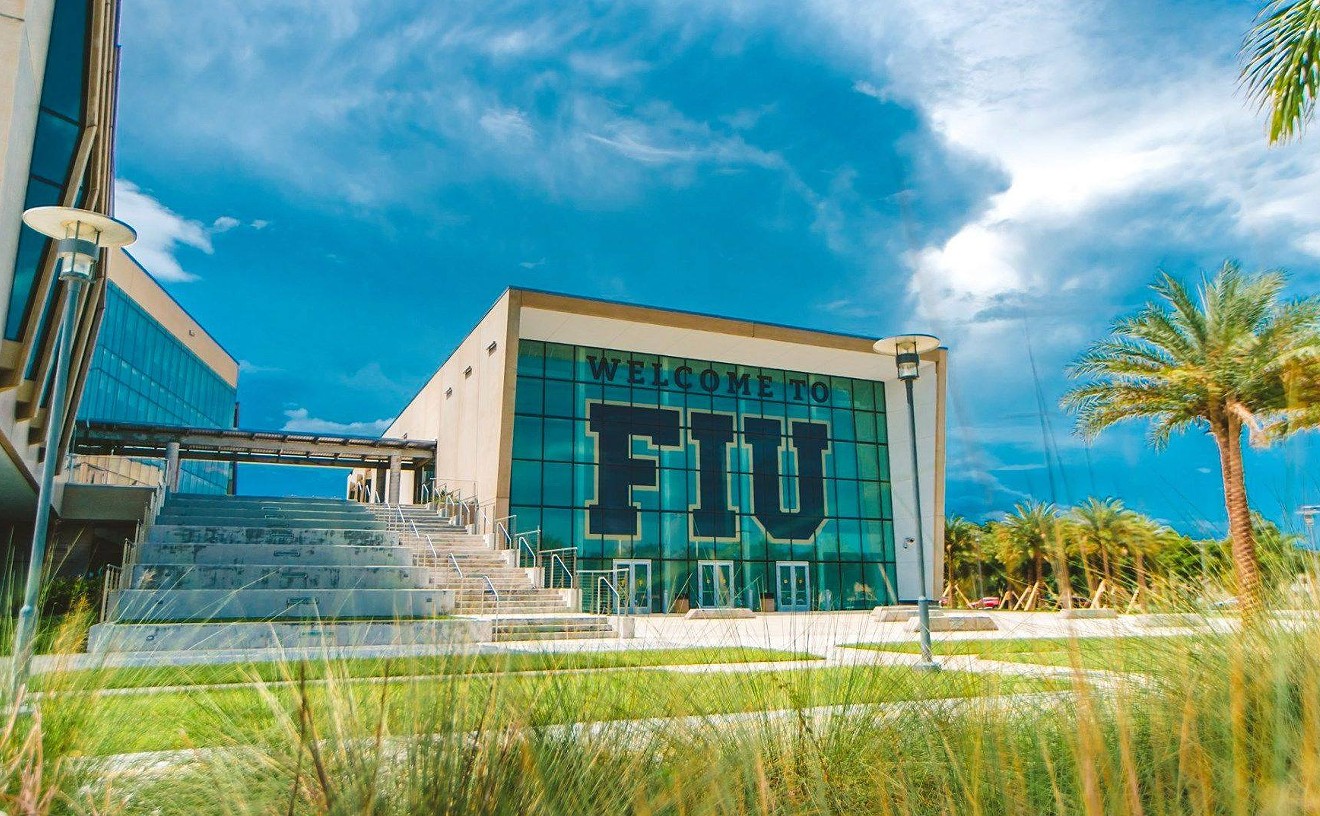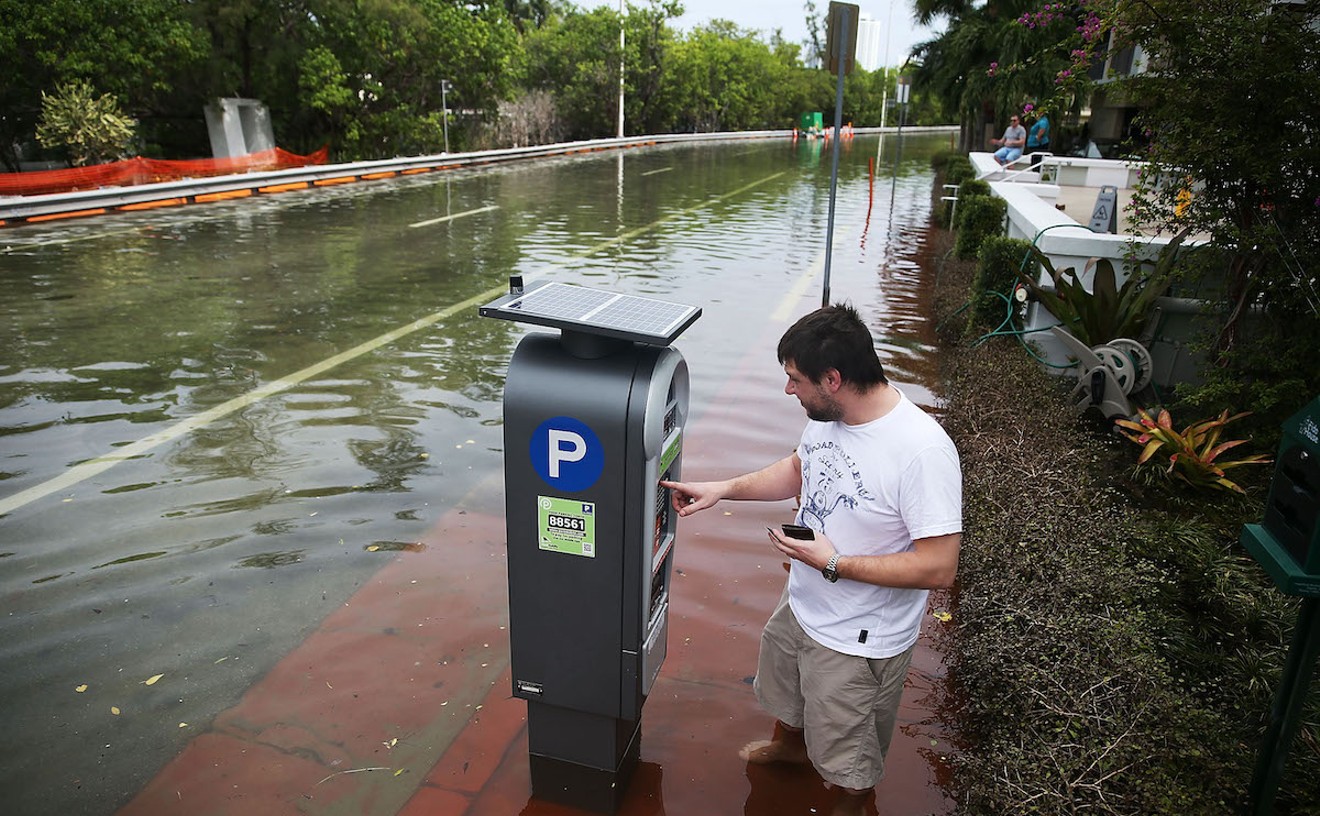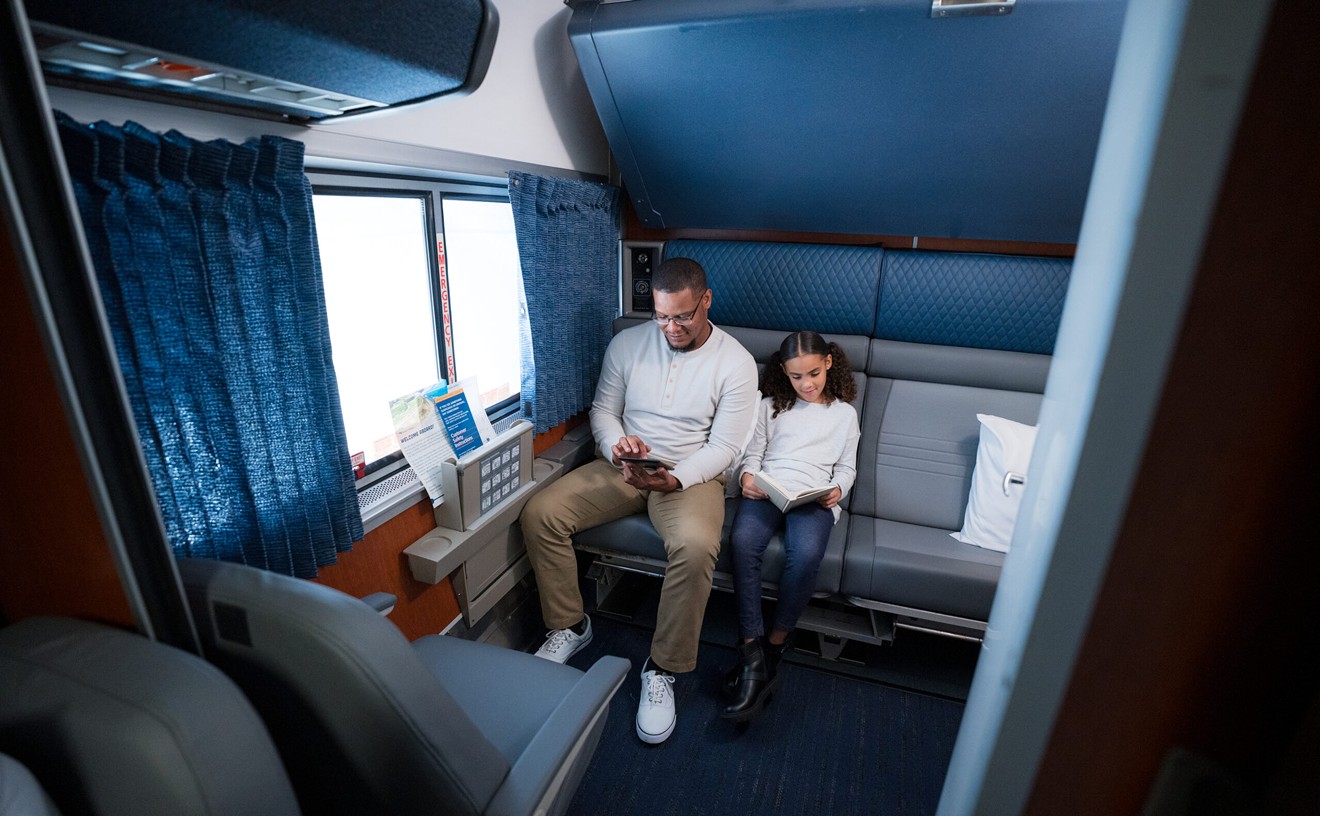But 18 years later, a new study out from the center-left Center for American Progress (CAP) says the state still isn't doing nearly enough to make it easy (or even accessible) for Floridians to get to the ballot box. Per CAP figures, a few basic tweaks to the state voting system — including making voter registration automatic for all residents and allowing former felons to vote — could increase the state voting turnout by 575,000 people or more. CAP came up with that figure by extrapolating data from what happened when Oregon instituted automatic voter registration in 2015.
"Nationwide, roughly six million American citizens are barred from having their voices heard because of antiquated and discriminatory ex-offender disenfranchisement laws," CAP warns. "Voter suppression tools, including improper voter purges such as those recently upheld by the U.S. Supreme Court, keep countless eligible Americans from voting each election cycle."
Voting-rights activists argue that Republicans simply don't want to increase voter turnout since most polls show that Americans generally lean Democratic, and
Or, take Trump himself: Only 58 percent of eligible voters went to the polls in 2016, and more of those who did vote technically chose Clinton. While one can contend that much of this is the fault of a dry-rotted Democratic Party that has no idea anymore how to motivate nonvoting Americans, it's also fair to argue that voting-access obstacles played a big role in the aforementioned elections.
So, at a time when Republicans are still trying to pass restrictive voter-ID laws, CAP (and a lot of other activists) is arguing that Democrats need to counter by making it as easy to vote across the U.S. as possible. (It also helps that it's the most pro-democratic thing to do anyhow.)
CAP is proposing a few basic ideas that shouldn't seem radical in 2018: automatic voter registration; an end to Florida's racist, Jim-Crow-era felon-voting ban; same-day voter registration; better access to early voting for people who can't skip work or childcare on Tuesdays; proper election staffing to avoid long wait times or other mishaps; and, among other ideas, better civics education in public schools.
These basic barriers to voting access disproportionately hurt black and brown Floridians. In 2012, CAP noted that after the Florida Legislature "cut the state’s early voting period from 14 days to 8 days and eliminated voting on the last Sunday before Election Day, early voting participation for African Americans dropped by 4.1 percent relative to 2008, while participation for Latinos dropped by 4.6 percent."
Lines at Florida polling places have been an issue for quite a while. CAP cited a 2014 study from the Brennan Center for Justice, which noted that the ten precincts with the longest wait times had fewer poll workers than the statewide average.
Florida voters will have the chance to drastically alter the voting landscape in 2018 — Amendment 4, which yesterday received a ringing endorsement from the Ben & Jerry's ice cream company, would end Florida's system of banning ex-felons from voting for life. The rule was literally instituted in 1868 because white supremacist lawmakers hated the 14th Amendment granting blacks the right to vote. W.J. Purman, one of the state legislators who pushed hardest for the disenfranchisement laws, said the rules “kept Florida from becoming ‘niggerized.'"
Thanks to the law, one-in-four disenfranchised American ex-felons lives in Florida. A lawsuit nearly forced Gov. Rick Scott to rewrite the law himself earlier this year (a judge ruled it was unconstitutional since the governor has the power to restore anyone's voting rights for any reason), but Scott has appealed that decision. A yes vote on Amendment 4 in November could end that fight. (Scott also infamously refused to extend voting-registration deadlines after Hurricane Matthew hit in 2016, and is now fighting in court to stop early voting on college campuses.)
In all, CAP estimated that these policies could conservatively have added nearly 800,000 voters nationwide in 2016 — enough to sway the election in a different direction.












